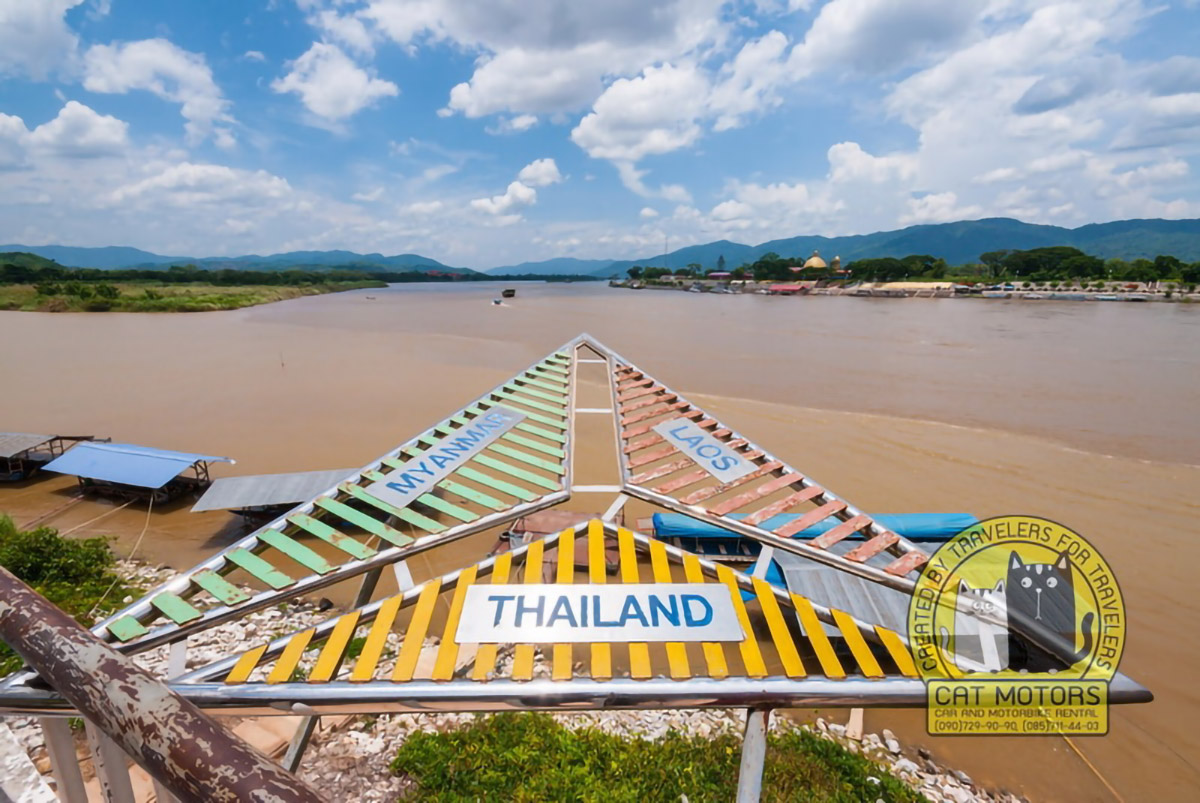Have you ever wondered about the rich history behind Thailand’s Golden Triangle? Well, you’re in for a treat! This article will take you on a journey through the fascinating past of this iconic region. Get ready to delve into the stories and mysteries that have shaped the Golden Triangle and discover why it holds such a unique place in Thailand’s history.
Located at the meeting point of Thailand, Myanmar, and Laos, the Golden Triangle has a long and storied history that dates back centuries. It was once a thriving center of trade, with opium cultivation playing a significant role in its economic success. Today, the region is renowned for its scenic beauty, ancient temples, and remnants of a bygone era.
In this article, we’ll explore the captivating historical sites and landmarks of the Golden Triangle. From the ancient city of Chiang Saen to the opulent Wat Rong Khun temple, there’s something for everyone to discover. Whether you’re a history enthusiast or simply curious about this fascinating region, this article will provide you with a deeper understanding of the Golden Triangle’s rich heritage.
So, sit back, relax, and get ready to embark on a virtual journey into the past. You’ll uncover intriguing tales, ancient traditions, and the cultural significance of the Golden Triangle. Buckle up and prepare to be amazed by the hidden gems waiting to be discovered in this historical region of Thailand.
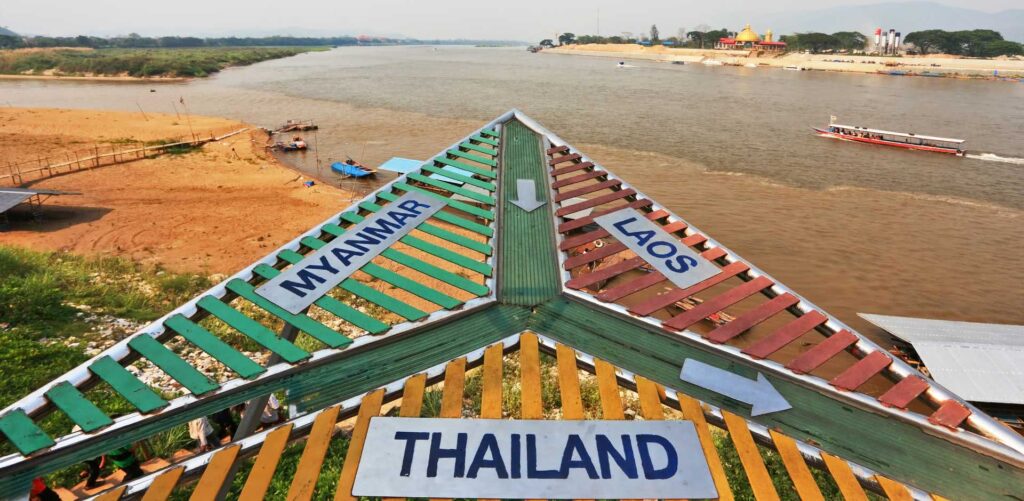
Introduction to Thailand’s Golden Triangle
Welcome to Thailand’s Golden Triangle, a region steeped in rich history and cultural diversity. Located at the confluence of the Mekong River and its tributaries, the Golden Triangle has captured the imagination of travelers for centuries. In this article, we will take you on a journey through the historical significance, ancient civilizations, opium trade, conflicts, transformation, cultural heritage, tourist attractions, environmental conservation, culinary traditions, and more. So put on your explorer’s hat and get ready to uncover the treasures of the Golden Triangle.
Geographical overview of the Golden Triangle
Stretching across the borders of Thailand, Myanmar, and Laos, the Golden Triangle is renowned for its picturesque landscapes and strategic location. Surrounded by lush mountains and snaking rivers, this region not only captivates with its natural beauty but also holds a crucial place in Southeast Asia’s geography. Its location has made it a hub for trade, cultural exchanges, and historically, the infamous opium trade.
Historical significance of the Golden Triangle
The Golden Triangle has been a witness to numerous civilizations that have left their mark on the region’s history. From ancient settlements to empires, this area has been a melting pot of cultures and influences. The Dvaravati and Khmer empires played a significant role in shaping the Golden Triangle’s cultural landscape, marking the beginning of the region’s historical significance.
Ancient Civilizations in the Golden Triangle
The early settlements in the Golden Triangle date back thousands of years, with evidence of civilization found in archaeological sites across the region. These early communities left behind traces of their existence, showcasing the development of agriculture, trade, and social structures. As the Dvaravati and Khmer empires expanded, their influence brought with it advancements in architecture, religion, and arts.
Influence of the Dvaravati and Khmer empires
The Dvaravati and Khmer empires played a crucial role in shaping the Golden Triangle’s cultural landscape. Buddhist temples, such as the famous Wat Phra That Doi Tung and Wat Rong Khun, display the architectural prowess of these empires. The art and sculptures found in these temples, adorned with intricate details and vibrant colors, provide a glimpse into the region’s rich cultural heritage.
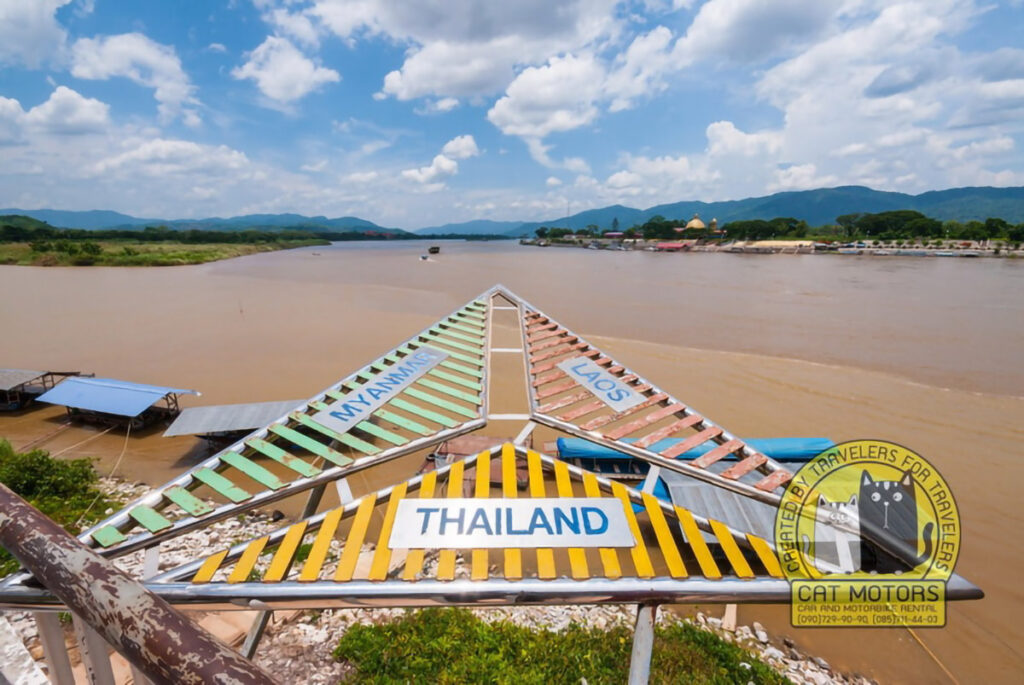
Development of trade routes and cultural exchanges
As civilizations flourished in the Golden Triangle, trade routes were established, connecting the region with other parts of Southeast Asia. These trade routes facilitated the exchange of goods, cultural practices, and ideas. The Golden Triangle became a melting pot where different ethnic groups interacted, leading to the diversity that can be observed in the region even today.
The Opium Trade and its Impact
While the Golden Triangle is known for its cultural heritage, it is impossible to discuss its history without acknowledging the opium trade that once thrived here. The origins of the opium trade can be traced back to the early 19th century when British colonial powers sought to profit from the trade route between India and China.
Origins of the opium trade in the Golden Triangle
The favorable climate and abundant land saw the cultivation and production of opium become a lucrative activity for farmers in the Golden Triangle. The opium trade boomed, attracting warlords and criminal organizations who seized control of the industry. The region became synonymous with the opium trade, tarnishing its reputation as a cultural and historical center.
The rise and fall of opium warlords
Opium warlords, such as Khun Sa and Lo Hsing Han, emerged during the height of the Golden Triangle’s involvement in the opium trade. These warlords amassed immense wealth and power, further fueling the illicit trade. However, with international pressure and shifting political dynamics, the opium trade in the Golden Triangle began to decline, eventually leading to its downfall.
Cultural and socio-economic ramifications
The opium trade left a lasting impact on the Golden Triangle, both culturally and socio-economically. Communities were ravaged by addiction, and the profits generated from the trade deepened inequalities and fostered corruption. However, with the decline of the opium trade, the region embarked on a path of transformation and economic development.
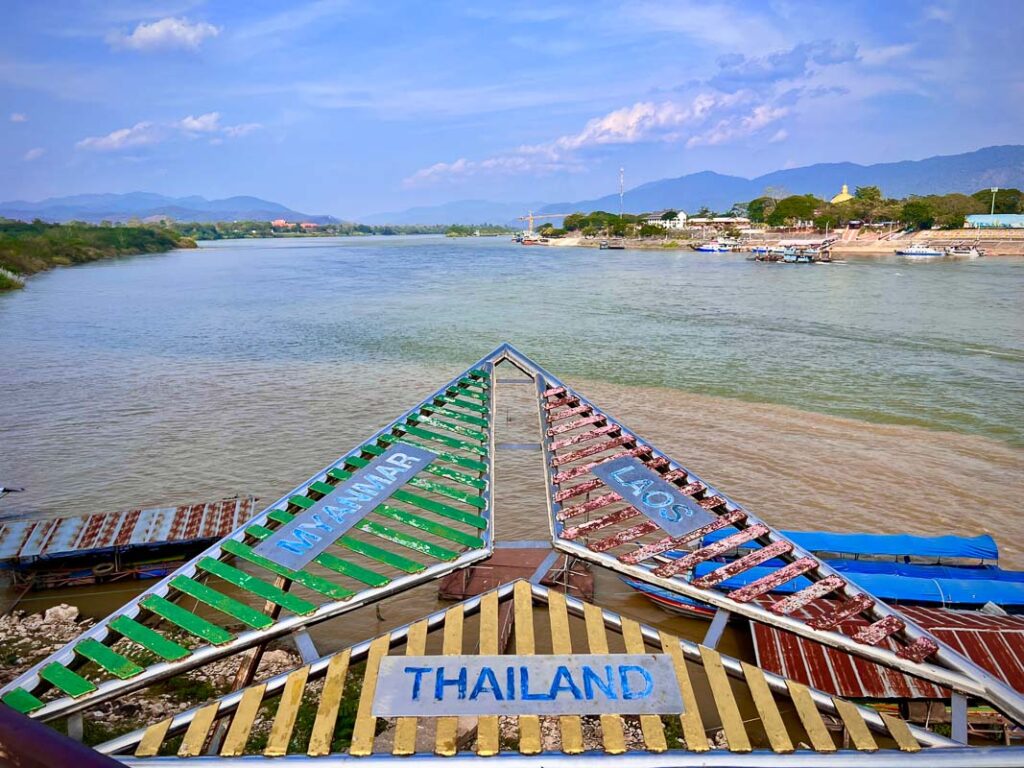
Conflict and Politics in the Golden Triangle
Unfortunately, the Golden Triangle’s history is not without strife and conflicts. The emergence of drug trafficking and insurgency in the region added another layer of complexity to the Golden Triangle’s narrative. The region became entangled in regional conflicts, with armed groups vying for control of the region’s resources.
Golden Triangle’s involvement in regional conflicts
During the Vietnam War and the subsequent communist insurgency, the Golden Triangle became a hotspot for armed conflict and a haven for various insurgent groups. These groups operated in the region, utilizing the dense forests and porous borders to their advantage. However, efforts for international cooperation and law enforcement have been made to address these issues.
Efforts for international cooperation and law enforcement
Recognizing the need for stability in the region, governments and international organizations have worked together to combat drug trafficking and insurgency. Joint operations, intelligence sharing, and law enforcement efforts have been undertaken to dismantle criminal networks and restore peace. These initiatives have helped pave the way for the Golden Triangle’s transformation and economic development.
Golden Triangle’s Transformation and Economic Development
In recent years, the Golden Triangle has undergone a remarkable transformation. With the decline of illicit activities, the region has shifted its focus towards legal industries such as tourism, agriculture, and manufacturing. The once notorious opium fields have now been replaced with tea plantations, fruit orchards, and other legitimate crops.
Tourism development in the region
Tourism development has played a vital role in the Golden Triangle’s economic growth. The region’s unique cultural heritage, combined with its stunning landscapes, has attracted visitors from all over the world. Travelers can explore ancient temples, embark on boat trips along the Mekong River, and immerse themselves in the vibrant local markets.
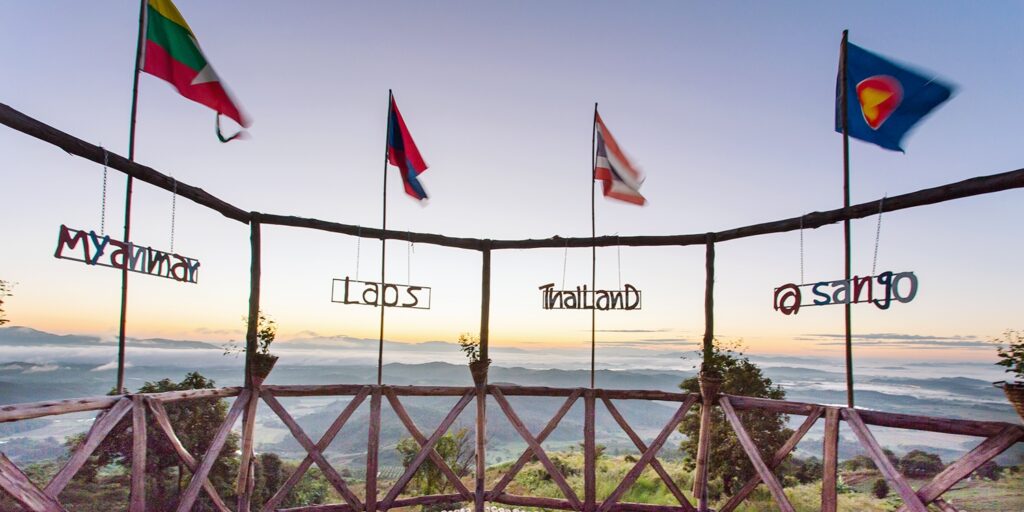
Economic growth and social changes
The economic growth brought about by tourism and other industries has had a positive impact on the region. New job opportunities have emerged, improving the livelihoods of local communities. Infrastructure development has enhanced connectivity, providing better access to education, healthcare, and other essential services. These changes have contributed to a higher standard of living for the people of the Golden Triangle.
Cultural Heritage and Diversity in the Golden Triangle
The Golden Triangle is home to a diverse array of ethnic groups and indigenous communities. Each group has its own unique traditions, language, and way of life, contributing to the rich cultural tapestry of the region. Exploring the Golden Triangle allows you to witness firsthand the cultural heritage and traditions that have been preserved for generations.
Ethnic groups and indigenous communities
The Akha, Lisu, Karen, and Lahu are just a few of the ethnic groups residing in the Golden Triangle. These communities have managed to maintain their distinct cultural identities, despite the encroachment of modernization. Traditional practices such as weaving, woodcarving, and medicine making are still upheld, providing visitors with a glimpse into their way of life.
Religious practices and traditions
Theravada Buddhism is the predominant religion in the Golden Triangle, with many temples and monasteries dotting the landscape. Visitors can join in Buddhist rituals and ceremonies, gaining insight into the local spiritual beliefs. Additionally, ancient animistic beliefs and traditional practices are still followed by some ethnic minority groups, further adding to the region’s cultural diversity.
Preservation and promotion of cultural heritage
Awareness about the importance of preserving cultural heritage has led to efforts to safeguard and promote the traditions of the Golden Triangle. Cultural festivals, such as the Akha Swing Festival and the Lantern Festival, celebrate these traditions and attract visitors from near and far. Museums and cultural centers have also been established to educate and showcase the region’s unique heritage.
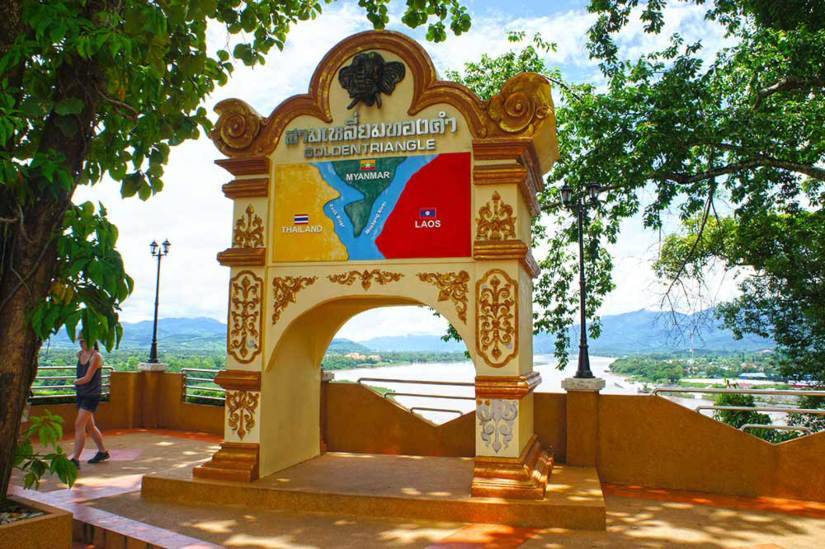
Exploring the Golden Triangle Today
The Golden Triangle offers an array of attractions and activities for visitors to enjoy. From ancient landmarks to adrenaline-pumping adventure sports, there is something for everyone in this historical region.
Tourist attractions and landmarks
Exploring the ancient city of Chiang Saen, with its well-preserved ruins and temples, is a must-do for history enthusiasts. The Hall of Opium Museum provides visitors with an educational journey through the opium trade and its impact on society. The Golden Triangle Park offers panoramic views of the Mekong River, where you can witness the meeting point of Laos, Myanmar, and Thailand.
Adventure activities in the region
For adventure seekers, trekking through the mountainous terrain, zip-lining over lush forests, and embarking on river cruises are popular choices. These activities allow you to experience the natural beauty of the Golden Triangle up close and personal. Elephant sanctuaries, where you can learn about the conservation efforts and interact with these majestic animals, are also a favorite among visitors.
Festivals and events celebrating the Golden Triangle
The Golden Triangle is a region of vibrant festivities and cultural celebrations. Festivals such as Songkran, Loy Krathong, and Yi Peng offer a glimpse into the Thai way of life, filled with music, dance, and mouthwatering food. These celebrations provide a unique opportunity to immerse yourself in the local culture and forge connections with the community.
Environmental Conservation Efforts
With its wealth of natural resources, the Golden Triangle is an important region for environmental conservation. Efforts have been made to protect the region’s wildlife and natural habitats, ensuring their preservation for future generations to enjoy.
Protection of wildlife and natural habitats
The Golden Triangle is home to several endangered species, including Asian elephants, tigers, and gibbons. Conservation projects and protected areas have been established to safeguard these animals and their habitats. Visitors can participate in eco-friendly activities such as wildlife tours and forest rehabilitation programs, contributing to the conservation efforts of the region.
Sustainable tourism practices
In recent years, a shift towards sustainable tourism practices has taken place in the Golden Triangle. Responsible tour operators and accommodations strive to minimize their environmental impact and promote sustainable development. Initiatives such as waste reduction, energy efficiency, and community-based tourism projects are being implemented to ensure the long-term sustainability of the region.
Efforts for reforestation and ecological balance
Recognizing the importance of maintaining ecological balance, reforestation projects have been undertaken in the Golden Triangle. By planting native tree species and protecting forests from illegal logging, these initiatives aim to restore the region’s natural biodiversity and mitigate the effects of climate change. Visitors can contribute to these efforts by participating in tree planting activities and supporting local conservation organizations.
Golden Triangle’s Influence on Thai Cuisine and Traditional Medicine
The Golden Triangle has not only shaped the history and culture of the region but also its cuisine and traditional medicine practices. Exploring the local food scene and experiencing traditional healing methods offers a unique insight into the region’s cultural heritage.
Unique flavors and ingredients
Thai cuisine is renowned worldwide for its vibrant flavors and unique combinations. The Golden Triangle’s culinary scene is no exception, with dishes incorporating a diverse range of ingredients such as lemongrass, galangal, and chili. From street food stalls to fine dining establishments, you can indulge in the flavors of the region, savoring dishes like khao soi, tom kha gai, and green curry.
Medicinal herbs and remedies
Traditional medicine has a long history in the Golden Triangle, with indigenous communities using medicinal herbs and remedies for centuries. The region’s forests are a treasure trove of medicinal plants, many of which are still used in traditional healing practices today. Visitors can learn about these ancient remedies and their healing properties, gaining insight into the local approach to healthcare.
Culinary and medicinal traditions
Food and medicine are deeply intertwined in the Golden Triangle’s cultural traditions. Local markets are a feast for the senses, showcasing not only fresh produce and spices but also traditional remedies and herbs. The region’s culinary and medicinal traditions provide a holistic approach to well-being, reflecting the harmony between nature and human health.
Conclusion
Exploring the rich history of Thailand’s Golden Triangle is a captivating journey through time. From ancient civilizations to the opium trade, conflicts, transformation, and cultural heritage, this region has witnessed the ebb and flow of history. As you delve into its fascinating past, it becomes clear that the Golden Triangle’s true treasures lie not only in its physical landscapes but in the preservation and understanding of its diverse cultural heritage. So pack your bags, embark on an adventure, and discover the allure of Thailand’s Golden Triangle for yourself.
